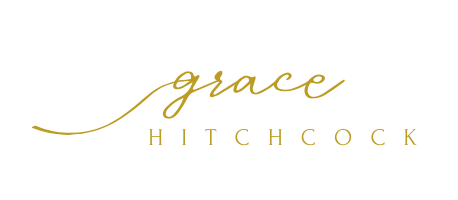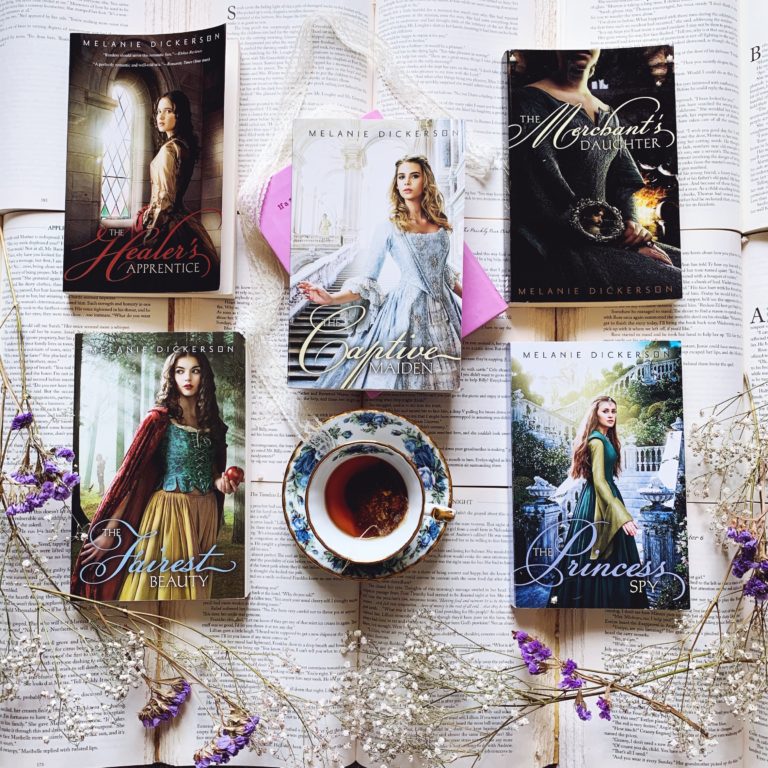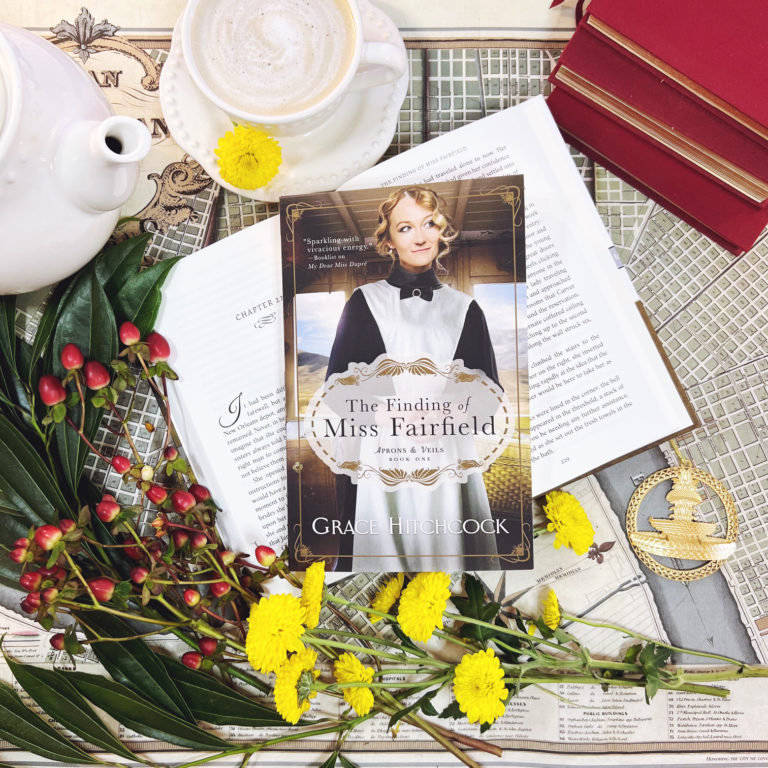Composing the Query Letter

I was beginning to get a little nervous even writing this post because composing queries a few years ago made me SO nervous for it meant I was about to send my baby (aka manuscript) out into the world to be judged and maybe, hopefully be picked up by an agent. But, after some time, I grew more confident and my query letters became more polished through trial and error. So, I thought I’d share what I learned about what should and should not be in letters.
Elements of your 1-page query letter:
Contact info and website. If you don’t have a website, you might want to start by buying your domain name to keep it safe for your future use and setting up a temporary landing page to mention in your query. I know websites can take time to set up, so while you’re getting that up and running, you might want to set up an about.me page to show your internet presence with all of your twitter, Facebook and other social media links. (My about.me page is the only thing that comes up on the first page of a Google search of my name. It’s an okay set up, but it’s a good way to catch any search engines and push them to my real website, which you can do too once your author website is set up.)
Book idea/theme with brief summary. This is the most important part of your letter! Even though it is only one tiny paragraph, you have to make it juicy enough for the agent to request the proposal. Being so brief, it’s very similar to a back cover copy paragraph. For a post on how to write a back cover copy, click here.
Manuscript status. Check your genre’s word count and make sure it is complete. (One of my most embarrassing replies when I first started querying agents was that while I was saying my manuscript was complete at 50k words…it was 30-40k short. Hehe…. * dies of embarrassment * So, please save yourself through laughing with me at my mistakes and take a look at my post on genre word counts by clicking here.)
Publishing history? I put a question mark because as a debut author, I don’t have any history yet, but if you are an indie author, this would be a great place to show off some numbers!
Marketing plan. Who is your demographic? Is it men? Women? Boys? Girls? And what ages? Make sure that it is a realistic age range. I used to just say 18 and up, but this doesn’t really show what readers you are trying to engage. Don’t make a blanket demographic statement because even though it may seem to you that it could be beneficial for women of all ages, the agents and publishers need to know who will actually buy the book. Be specific.
Writers Beware:
Spell there name write. Nothing says “I slapped this together” like misspelling the agent/agency’s name 🙂
Use correct formatting. I know 1 page isn’t much to work with, but don’t use size 10 font and leave out paragraph breaks. No one can read that without a magnifying glass.
Check out each agency’s genre representation. You don’t want to send your historical fiction novel to an agency that only reps sci-fi.
Need to know where to send your query? Look out for my post on Thursday about How to Find a Literary Agent 101: Sending the Query.
Happy Writing!
Photo Cred: Unsplash.com







“Spell there name write”
I see what you did there Grace. Clever. 😉